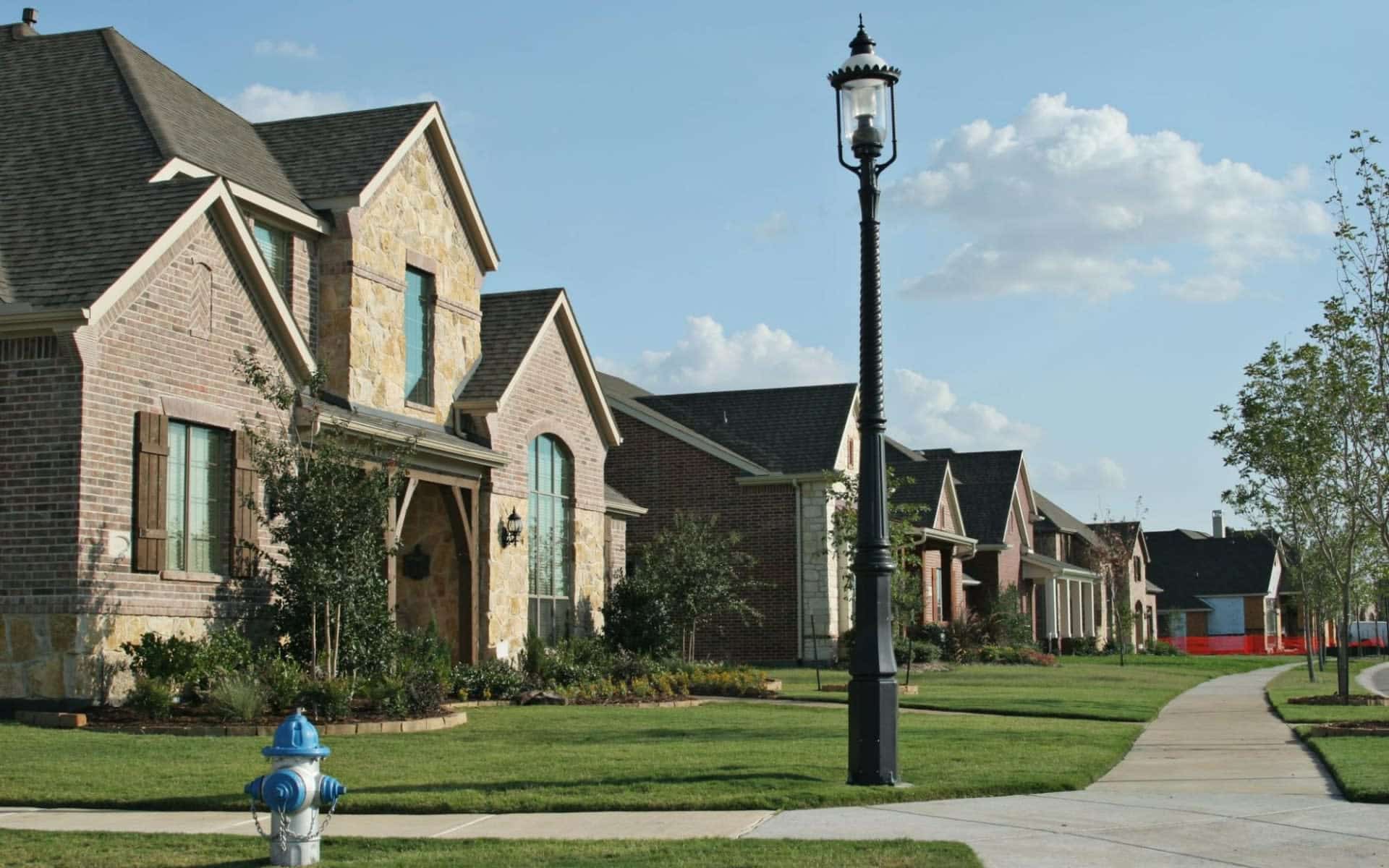Redoing your landscaping can transform your yard into an inviting outdoor space. Start by planning your design, choosing plants that suit your climate, and considering factors like sunlight and soil type. This approach will help you create a beautiful and functional landscape that enhances your home’s appeal.
Consider your goals for the space. Do you want a relaxing garden, a place for entertaining, or a safe play area for kids? Knowing what you want will guide your choices and make the process easier.
Once you have a plan, gather the materials you need. Select a mix of plants, hardscape elements, and furnishings that fit your style and budget. With careful planning and some effort, you can enjoy a refreshed landscape that meets your needs.
Planning Your Landscape Design
Good landscape design starts with careful planning. You need to understand what you have and what you want to achieve. By evaluating your current space and choosing a design style, you can create a plan that enhances curb appeal and meets your needs.
Assessing Your Current Landscape
Begin by observing your existing landscape. Look for bare spots and other issues that need attention. Take notes about the plants, trees, and features already in place. This will help you identify what works and what doesn’t.
Consider the following:
- Sunlight: Note sunny and shady areas.
- Soil Quality: Test the soil for nutrients.
- Water Drainage: Check for spots where water collects.
These factors will guide your design choices and help you determine which native plants will thrive in your environment.
Design Principles and Style Choices
Once you’ve assessed your landscape, it’s time to think about design principles. Choose a style that matches your taste and complements your home. Popular styles include:
- Modern: Clean lines and minimalism.
- Rustic: Natural materials and informal layouts.
- Formal: Symmetrical patterns and structured layouts.
Keep in mind the principles of balance, contrast, and harmony. For example, mixing native plants with ornamental features can create a vibrant look while being environmentally friendly. Aim for a design that not only looks good but also enhances the functionality of your outdoor space.
Preparing the Site
Preparing your site is essential for a successful landscaping project. You need to assess and improve the soil quality and remove any weeds or debris to create a clean slate for your new design.
Soil Testing and Amendment
Start by testing your soil to understand its pH levels and nutrient content. You can get a soil test kit from a garden store or send a sample to a local extension service.
Key factors to check:
- pH Level: Most plants prefer a pH between 6.0 and 7.5.
- Nutrients: Look for nitrogen, phosphorus, and potassium, which are vital for healthy growth.
Based on the results, you might need to amend your soil. Adding organic matter like compost can improve soil structure and fertility. You can also use fertilizers to correct nutrient deficiencies.
Amending your soil will help ensure your lawn renovation is successful, improving curb appeal and long-term lawn care.
Removing Weeds and Debris
Next, remove any existing weeds and debris. This step is crucial for preventing competition for nutrients and light. To do this, you can:
- Hand Pulling: This is effective for small areas. Make sure to remove the roots.
- Herbicides: For larger infestations, consider using a targeted herbicide. Choose one that suits your needs and follow the instructions carefully.
After removing weeds, clear away any other debris like rocks and sticks. A clean surface will make it easier to lay down new plants, sod, or mulch.
Taking these steps helps you start your landscaping project on the right foot.
Installing the Landscape
When installing your landscape, choosing the right plants and materials is crucial. You want to create a living space that enhances your curb appeal and requires minimal lawn care. Here are the key areas to focus on: plant selection and hardscaping.
Plant Selection and Planting
Start by selecting native plants for your landscape. Native plants thrive in your local climate and soil, making them easier to maintain. They also support local wildlife.
Create a diverse planting plan. Group plants by their water needs to simplify your watering routine. This helps ensure that all plants receive the right amount of moisture without wasting water.
When planting, prepare the soil properly. Clear away weeds and debris, then amend the soil if needed. Dig holes that are twice as wide as the root ball but no deeper. Space your plants according to their mature size to avoid overcrowding.
Hardscaping and Lighting
Hardscaping involves adding non-plant elements, such as patios, walkways, or walls. These features provide structure and can enhance your outdoor living space.
Choose materials that complement your home’s style. Consider bricks, stones, or concrete. Use these materials to create pathways or seating areas that encourage outdoor use.
Lighting is also important for both safety and aesthetics. Use solar lights along pathways and spotlight features like trees or sculptures. This enhances your landscape’s beauty at night and can improve curb appeal.
Lawn Care and Maintenance
Maintaining your lawn is essential for a healthy and attractive yard. Proper watering, fertilizing, pest control, and weed management play key roles in achieving the best results.
Regular Watering and Fertilizing
Watering your lawn is crucial for its health. Aim to water deeply and infrequently. This helps roots grow strong and deep. Consider these tips:
- Water early in the morning to reduce evaporation.
- Ensure your lawn gets about 1 to 1.5 inches of water per week.
Fertilizing adds nutrients to the soil. Use a fertilizer that fits your grass type. A nitrogen-rich fertilizer is generally best for green growth. You might also choose slow-release options to feed your lawn over time.
Schedule fertilizing in spring and fall for the best results. Always follow the instructions on the package to avoid over-fertilizing, which can harm your grass.
Pest and Weed Control
Keeping your lawn free of pests and weeds is important for its health and curb appeal. To control weeds, consider using herbicides or manual removal. Early identification is key. Some common weeds include dandelions and crabgrass.
To prevent pests, follow these actions:
- Regularly check for signs of insect damage.
- Consider natural pest repellents or beneficial insects like ladybugs.
You can also practice proper lawn care, like mowing at the right height, to reduce pest problems. Always use chemicals according to label instructions to ensure safety for you and your plants.





